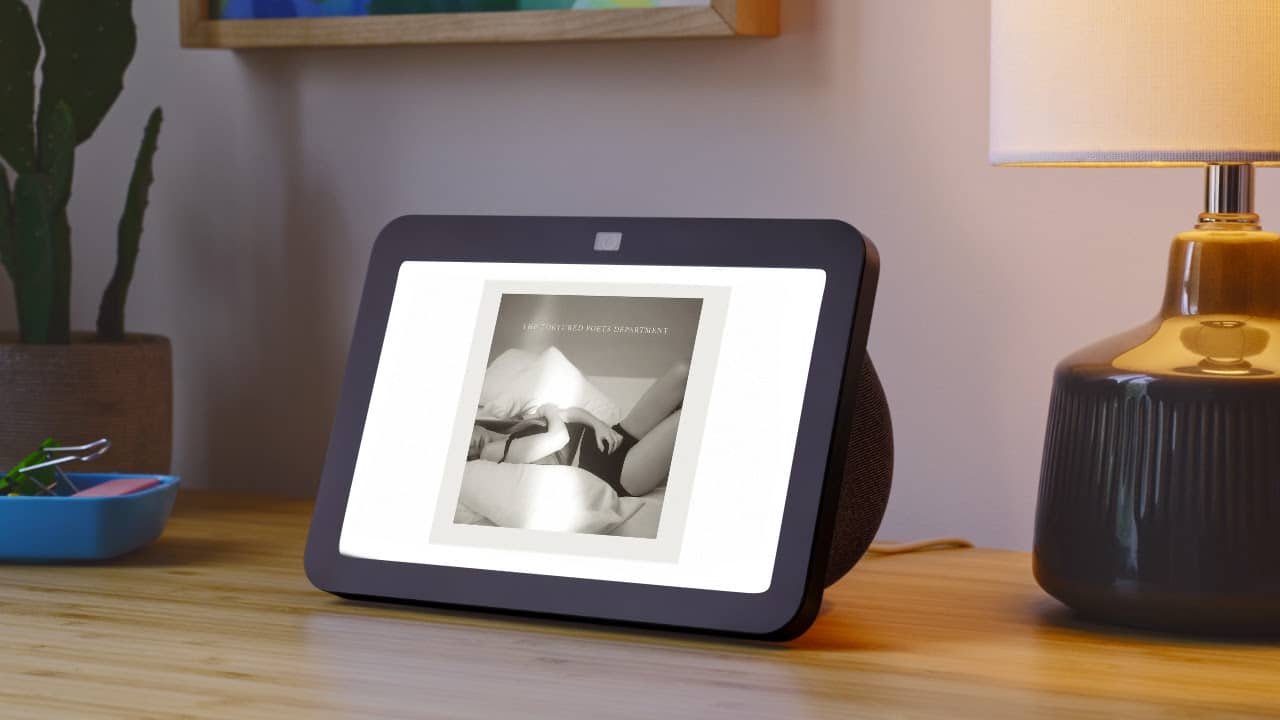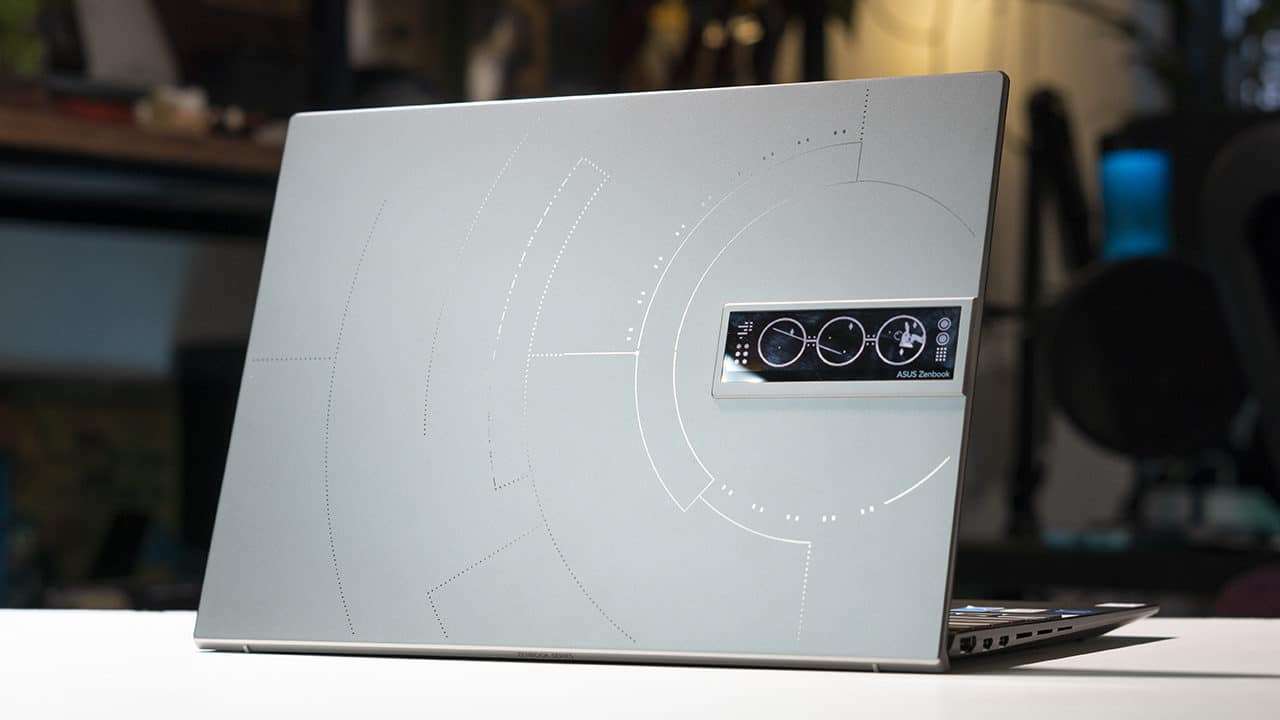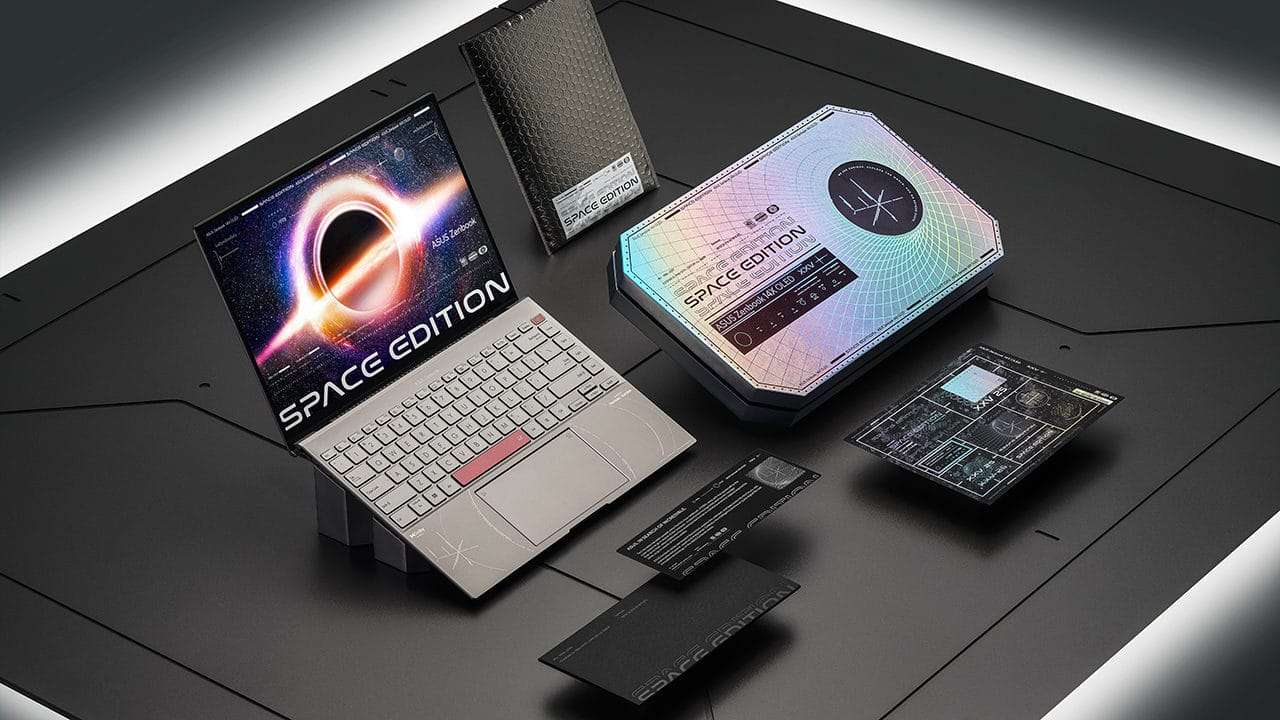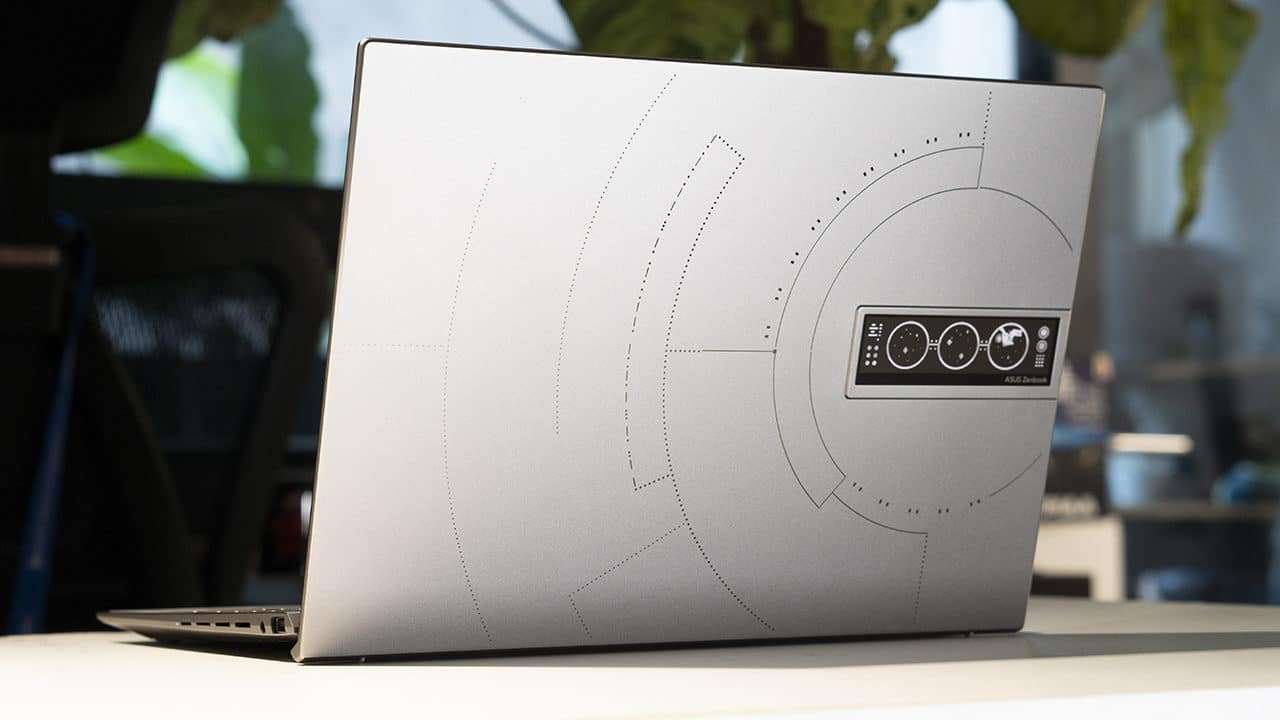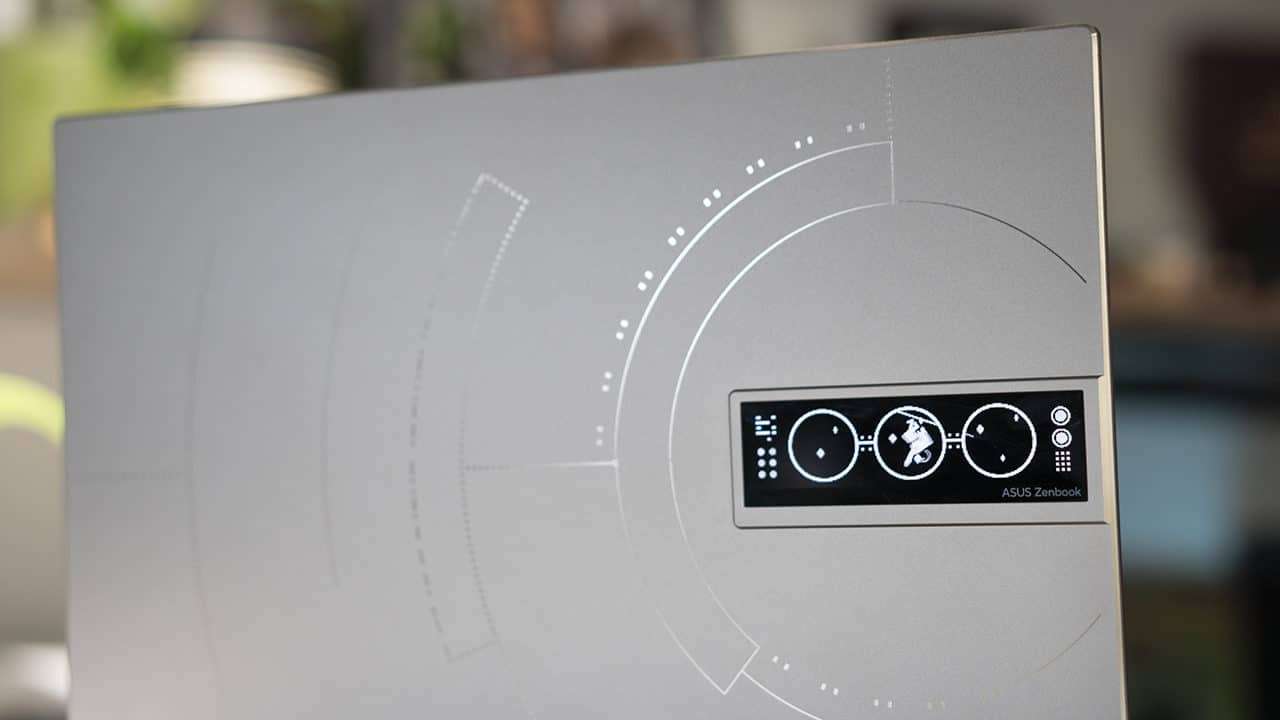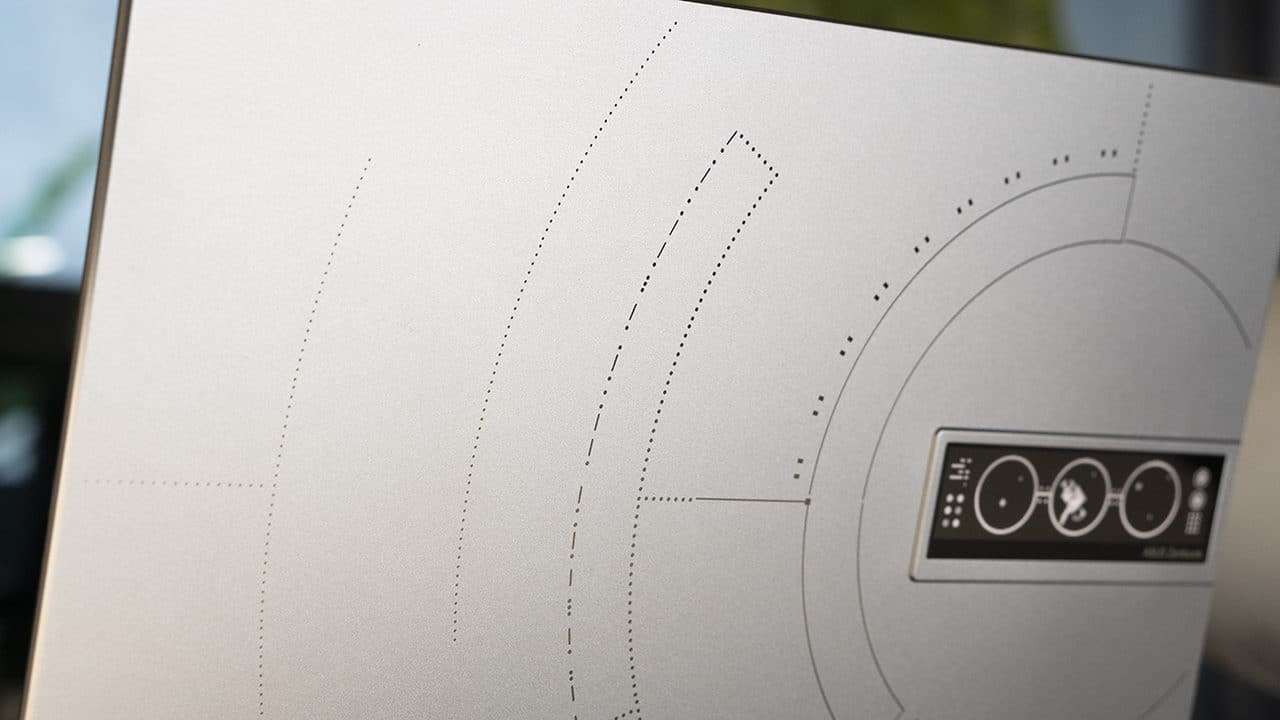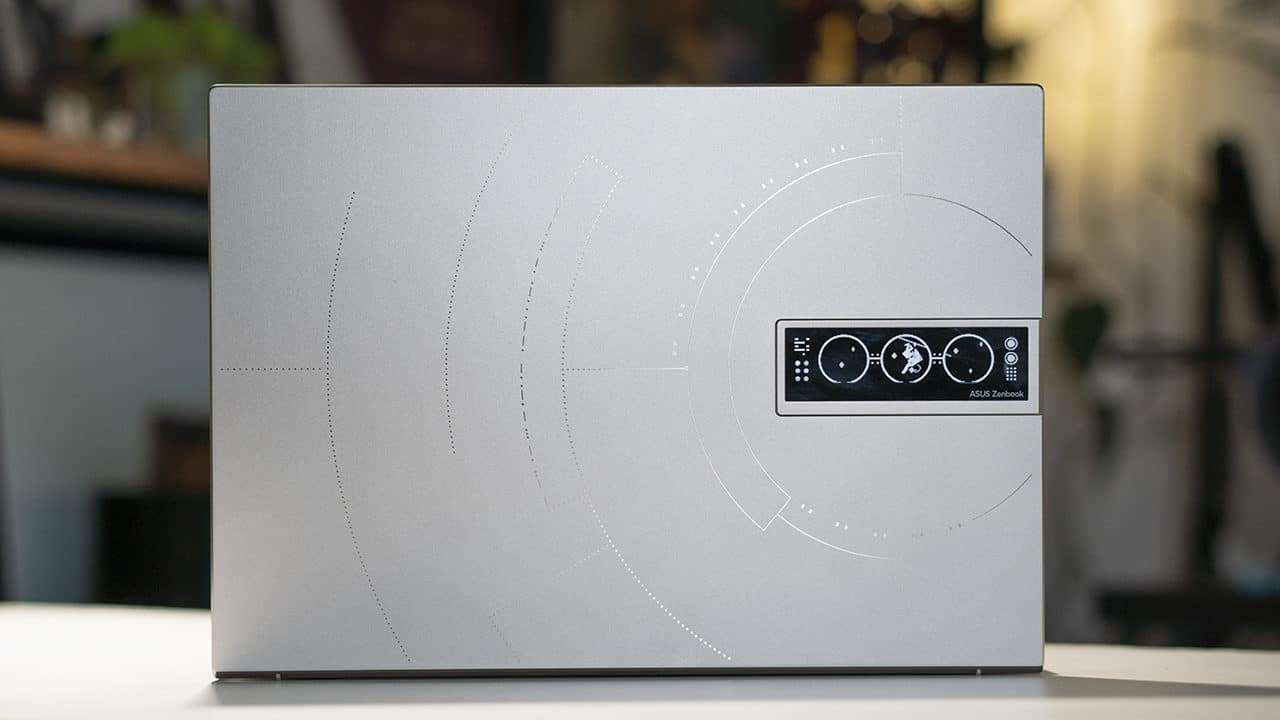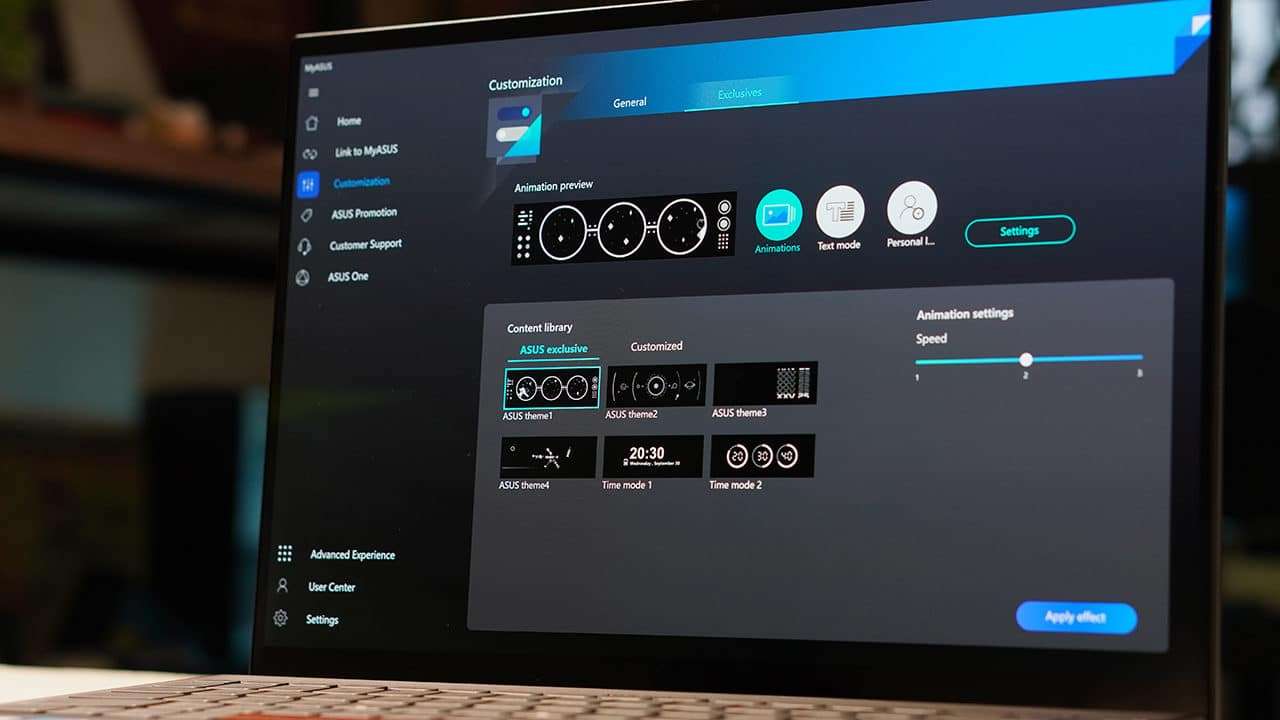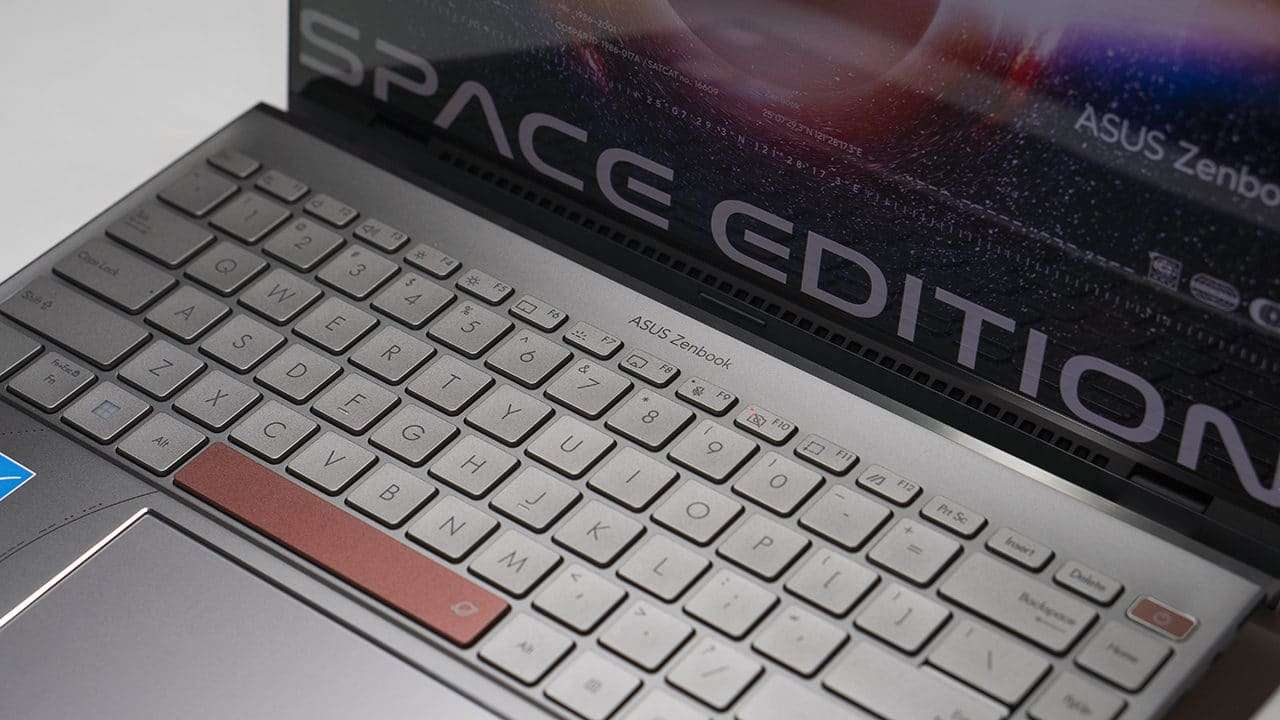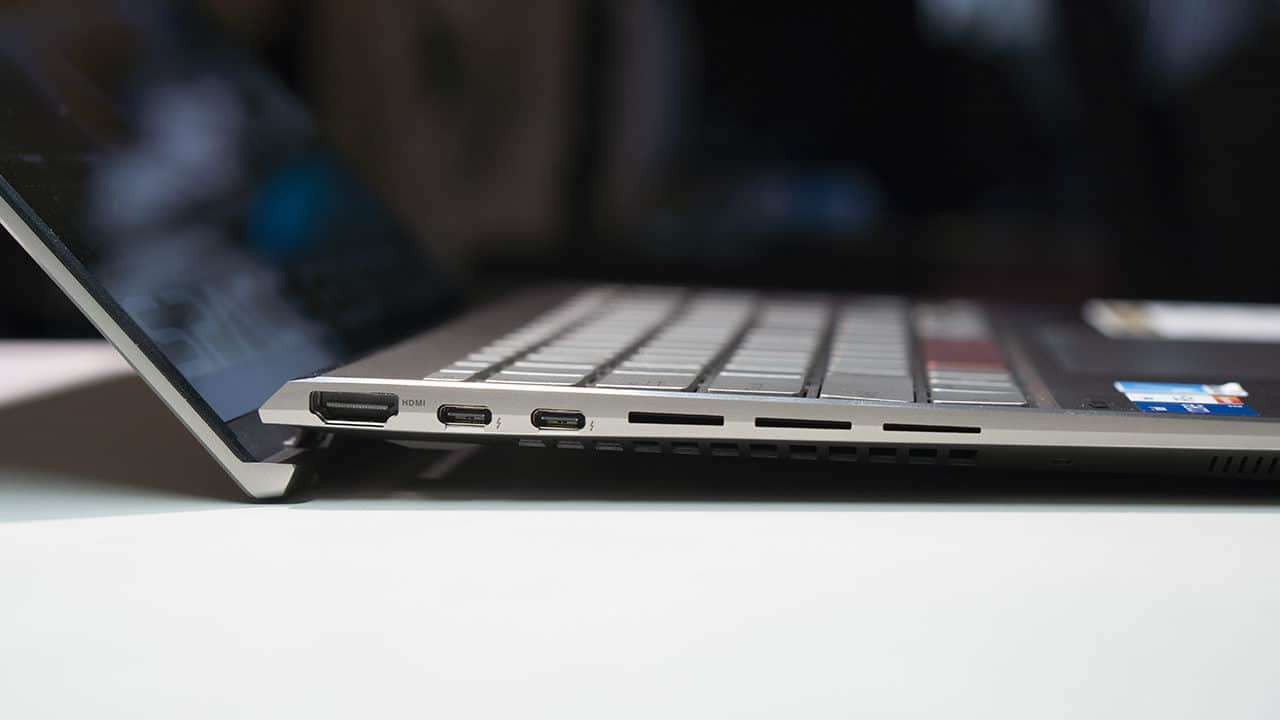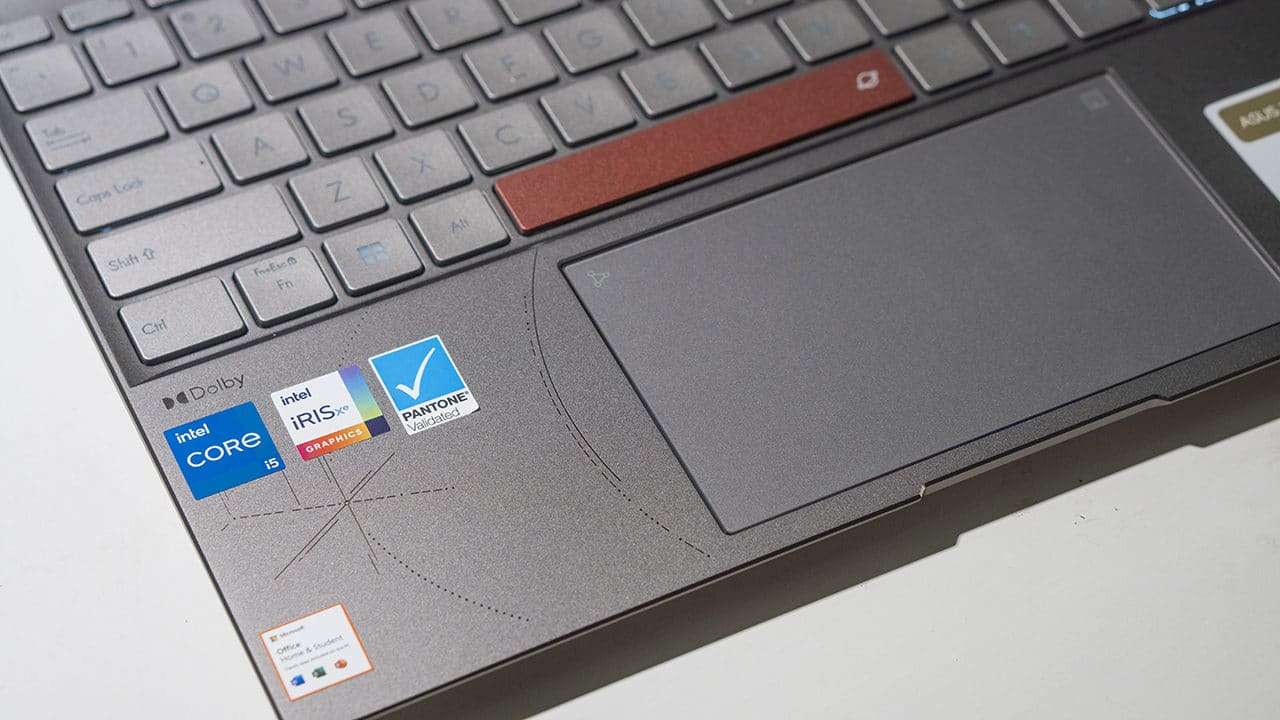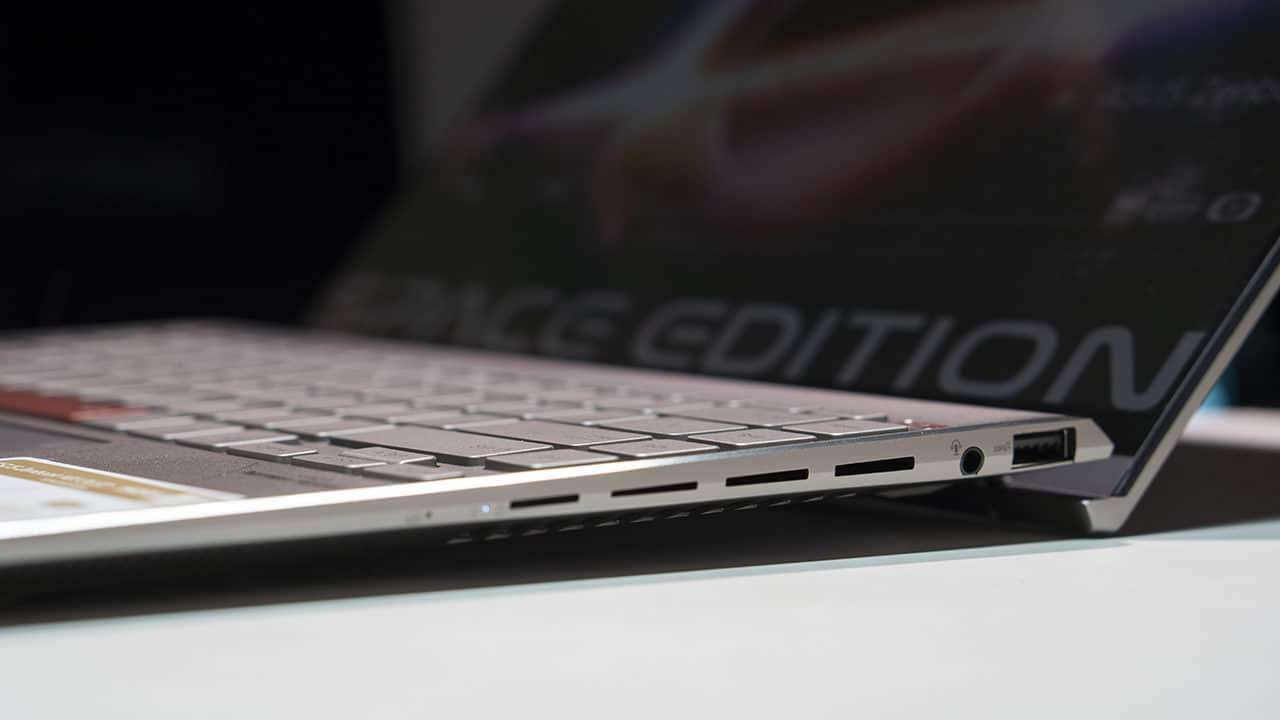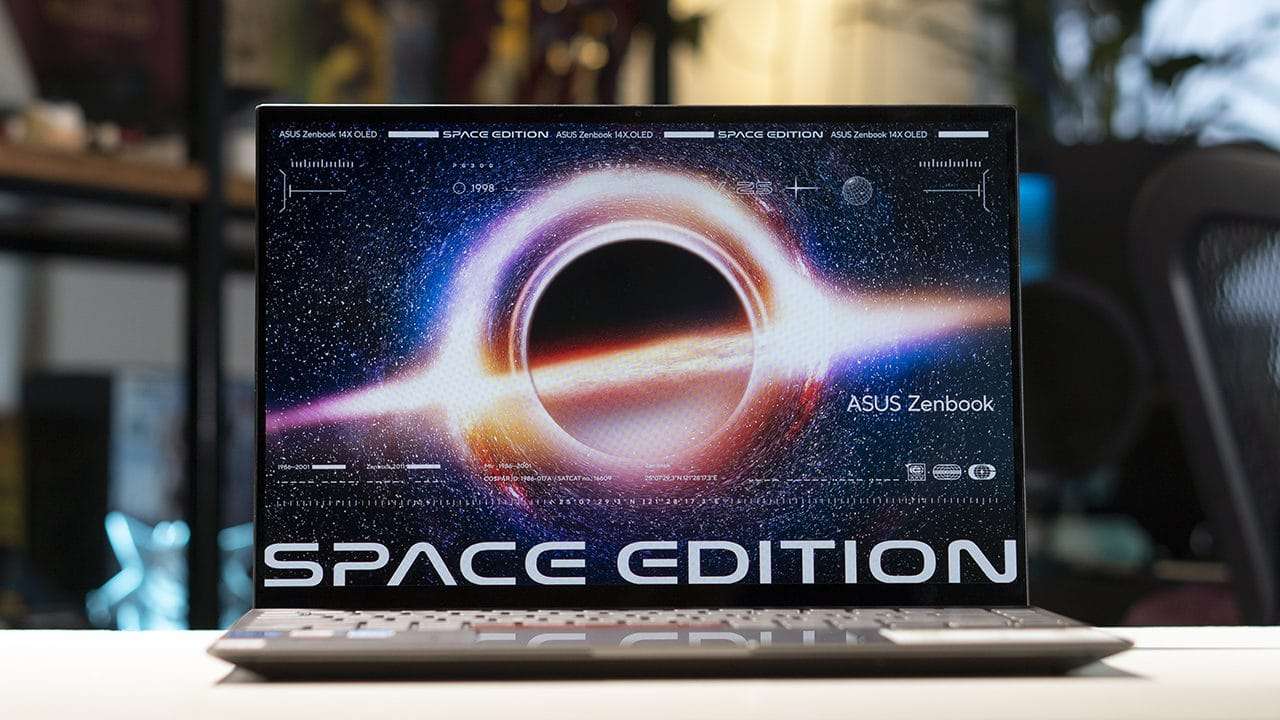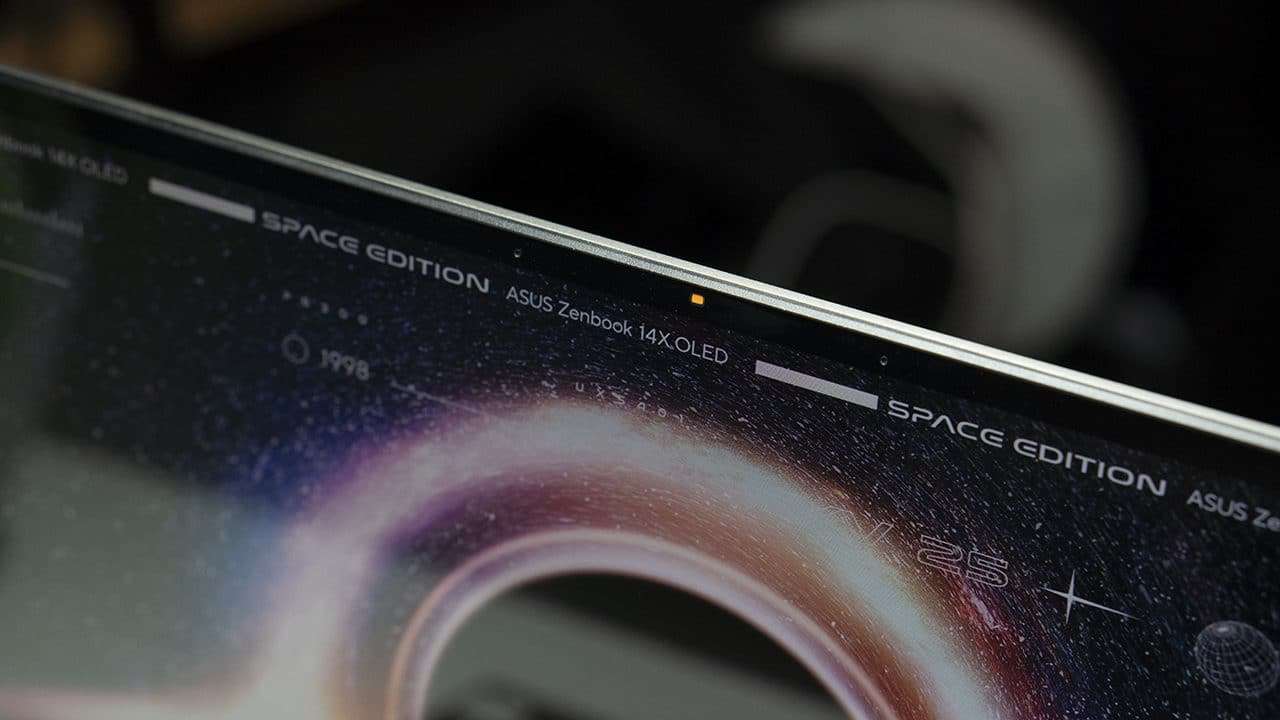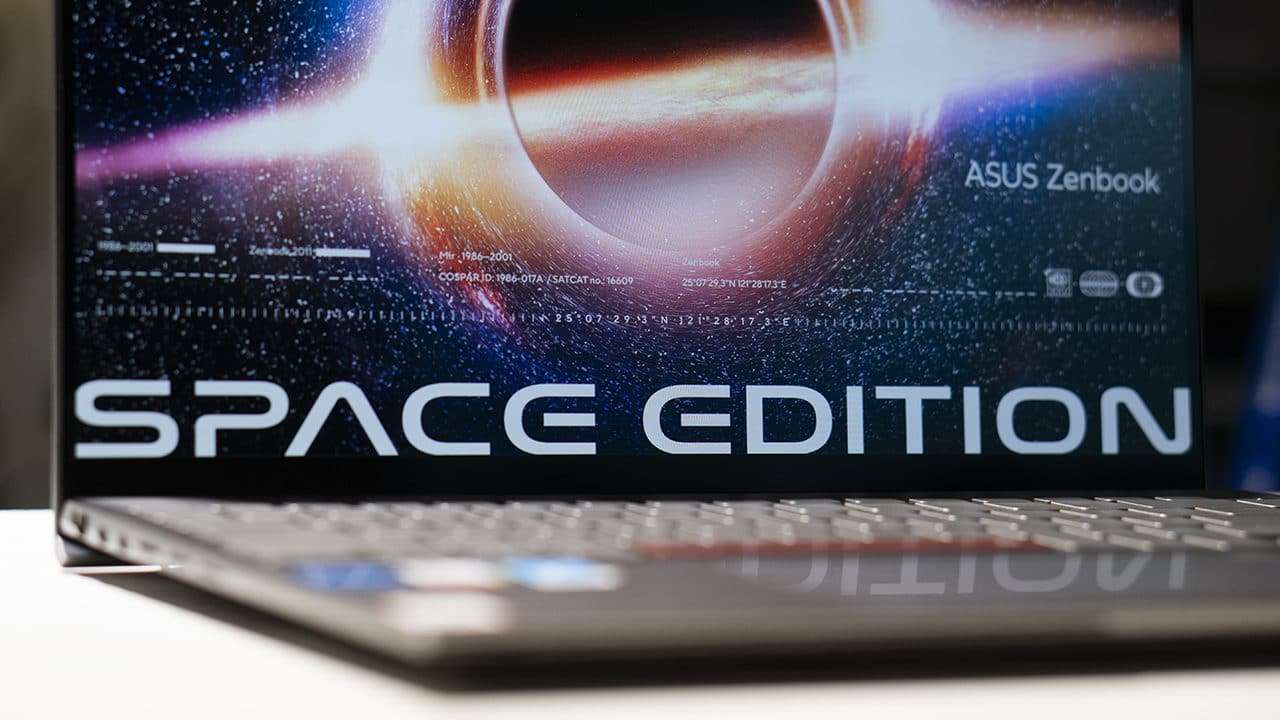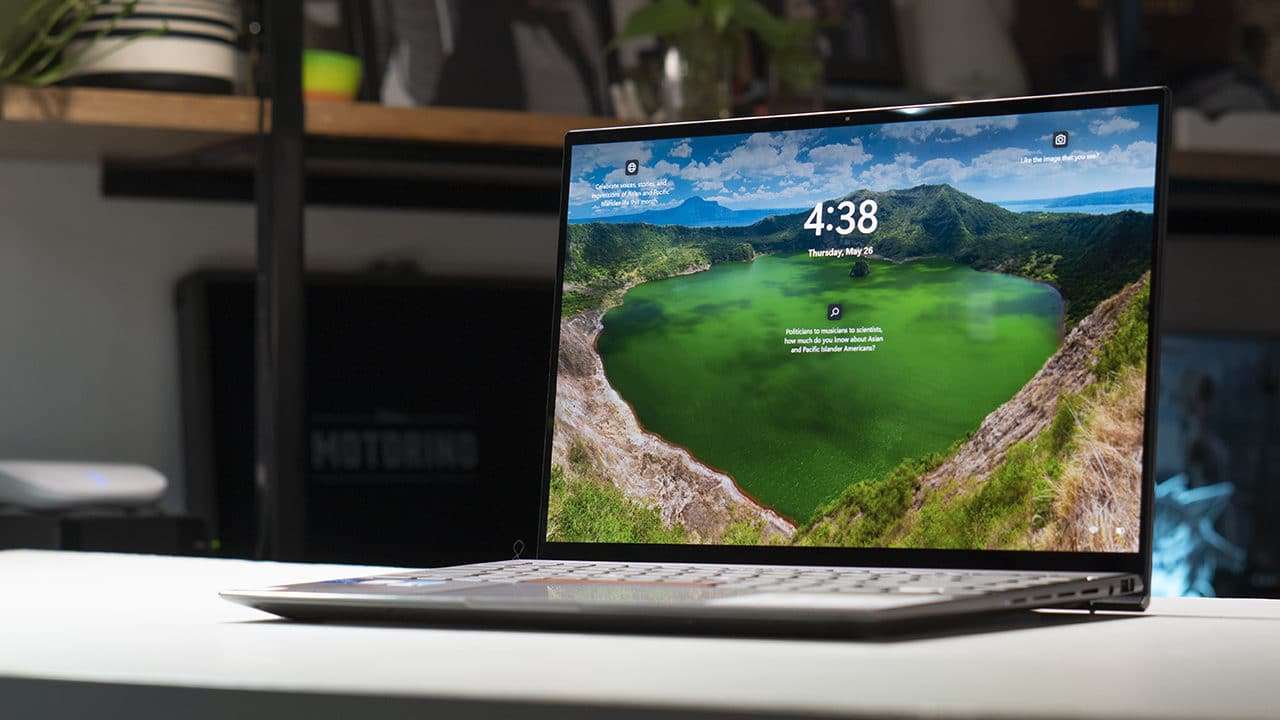A few months back, realme introduced a flagship smartphone that not only looks unique, but also carries specs that should easily keep up with your gaming needs and sports a set of capable optics for mobile imaging in mind.
Priced originally at PhP 29,999 (currently discounted at PhP 25,999), we have spent a good amount of time with it, and here’s our take on one of realme’s supposed smartphone disruptors after months of usage.
Design
With its racing stripe running the entire back panel, the phone is quite an attention-grabbing piece. During my time using it, I’ve heard a couple of people mention how the phone looks unique so it’s been a great conversation starter as well.
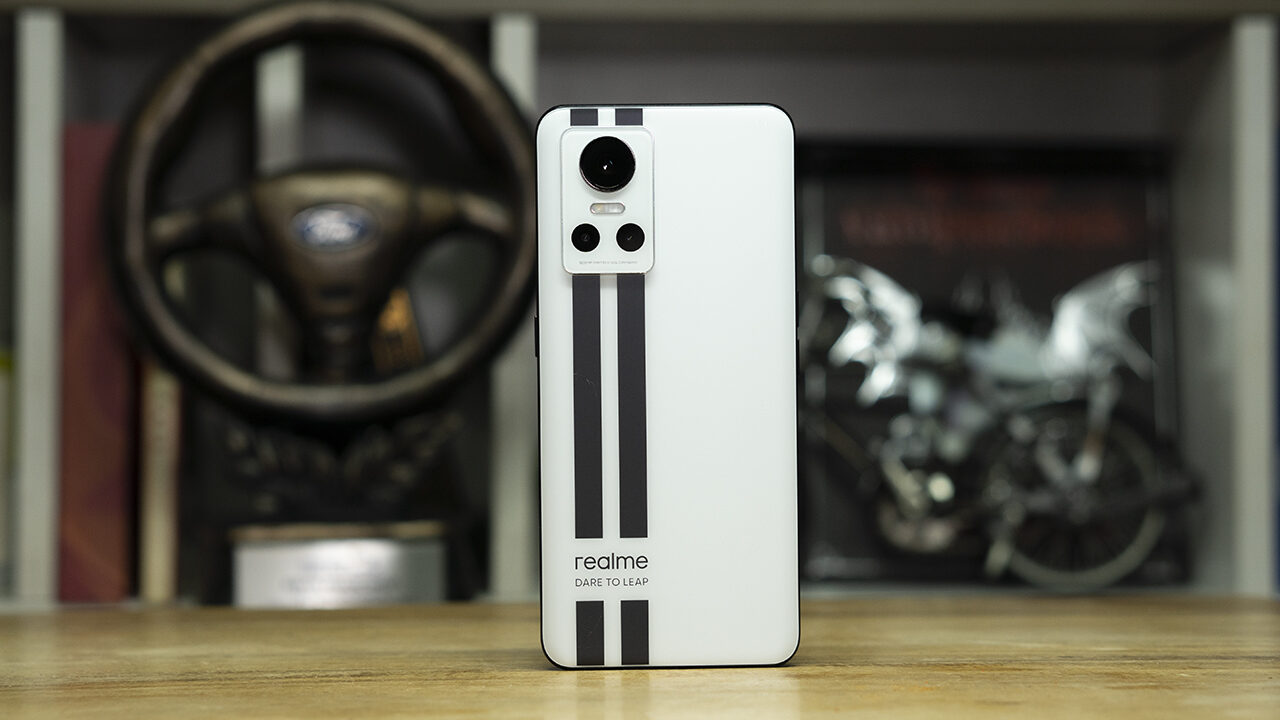
This stripe design is actually inspired by the Ford GT40 that beat a Ferrari for the first time at Le Mans back in the 1960s. According to the company, this symbolizes the next-level speed that realme GT Neo 3 can provide its users.
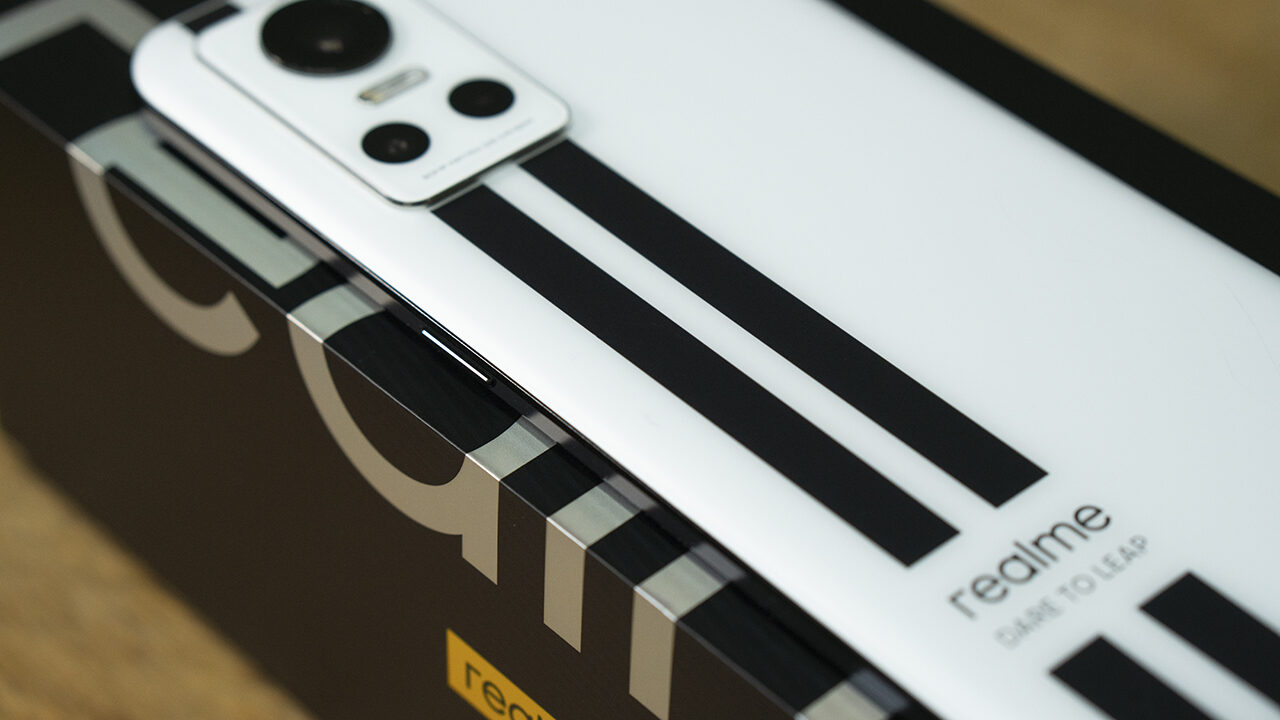
Its back panel also feels nice to the touch. With a matte finish, it overall feels soft and smooth, and even minimizes fingerprints so that’s great news for those who are not into wiping their phones from time to time.
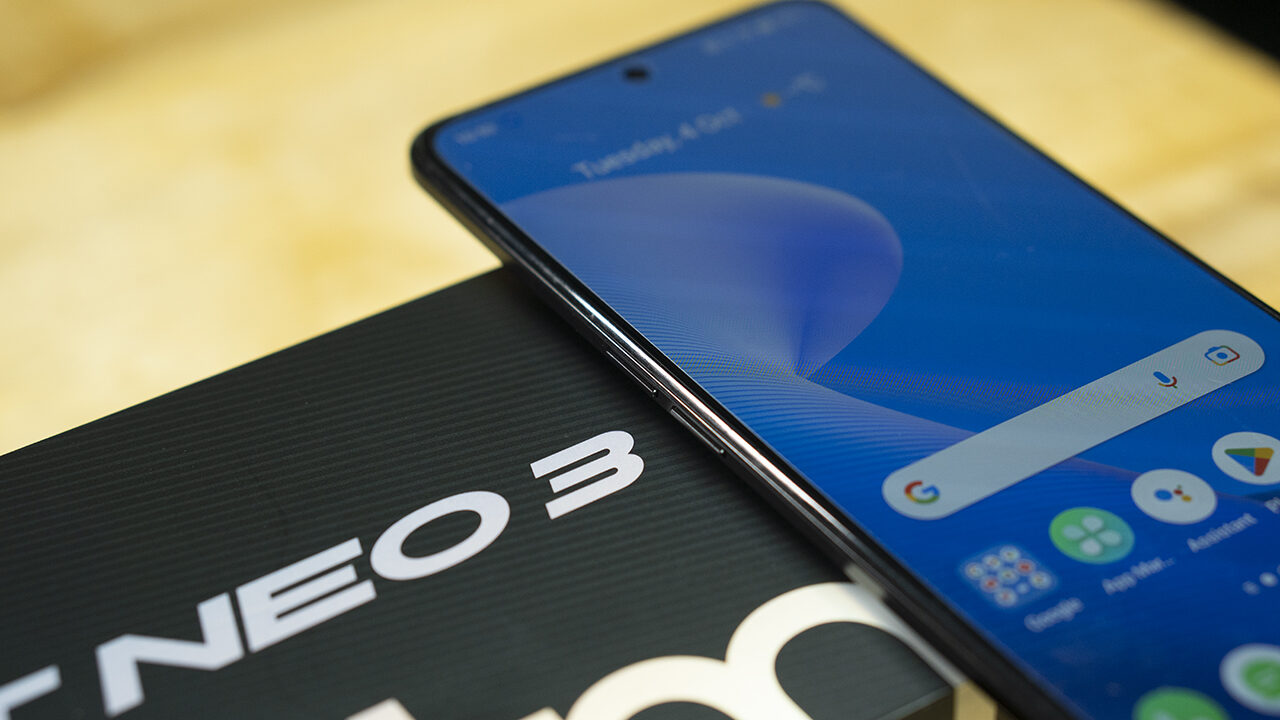
You have your usual power button on the right side while the left has volume buttons. Its top is devoid of any ports except an additional speaker grille and a pinhole for one of its noise-canceling microphones.
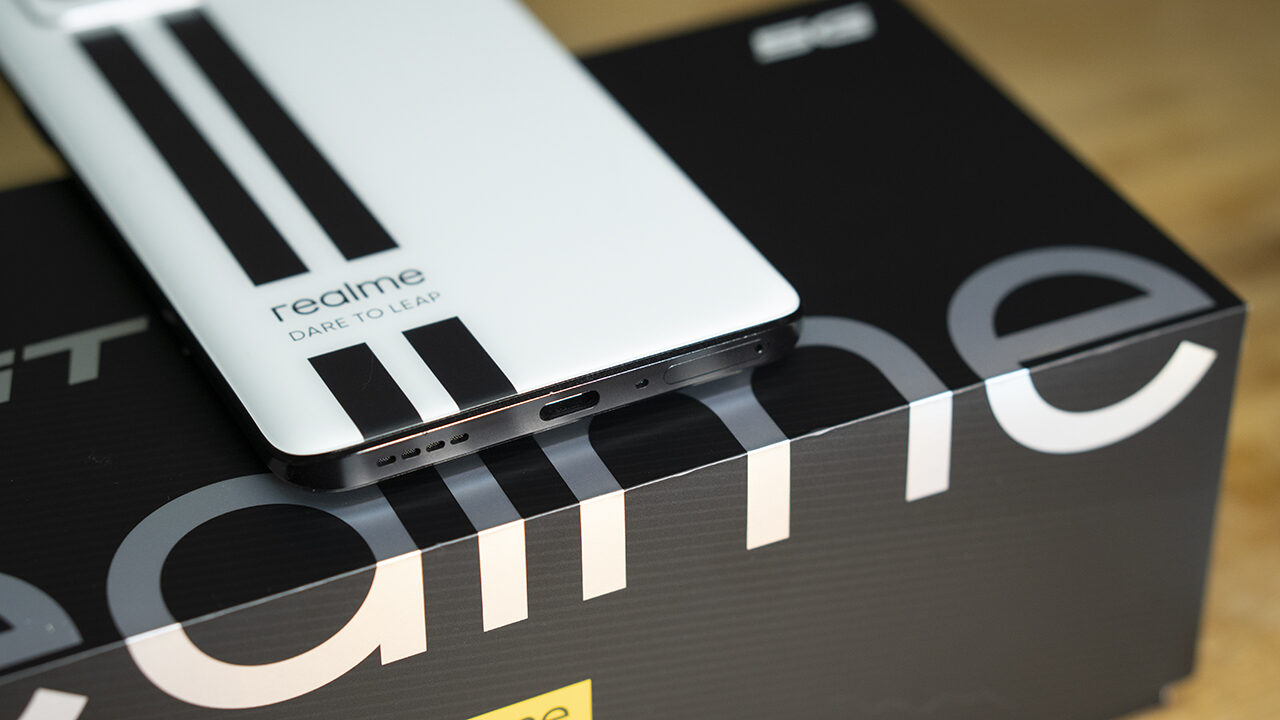
Take a look below and you’ll see its USB-C for charging and data transfer, microphone pinhole, speaker grille, and its dual SIM slot with no space for storage expansion.
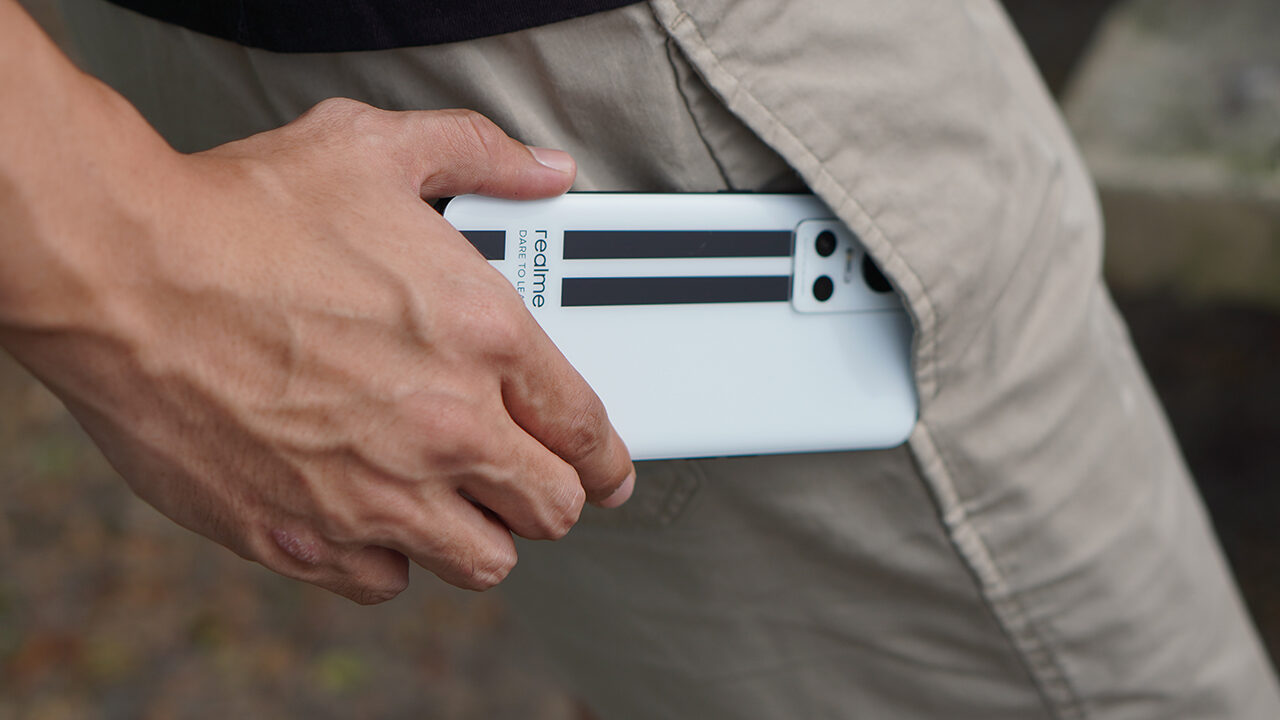
At around 188 grams, this phone comes with a good heft to it, but more on the lighter side of things. Its slim form factor also makes operation easier on the hands, while its chamfered corners make gripping the device effortless.

The realme GT Neo 3 is available in two colors namely Sprint White and Nitro Blue.
Display and Multimedia
On to its display, we get a sizable 6.7-inch display with a nice OLED panel for that extra vivid colors. realme calls this its Reality Display which aims to provide lifelike colors and quality. True enough, it was able to produce nicely saturated images and color accurate hues.
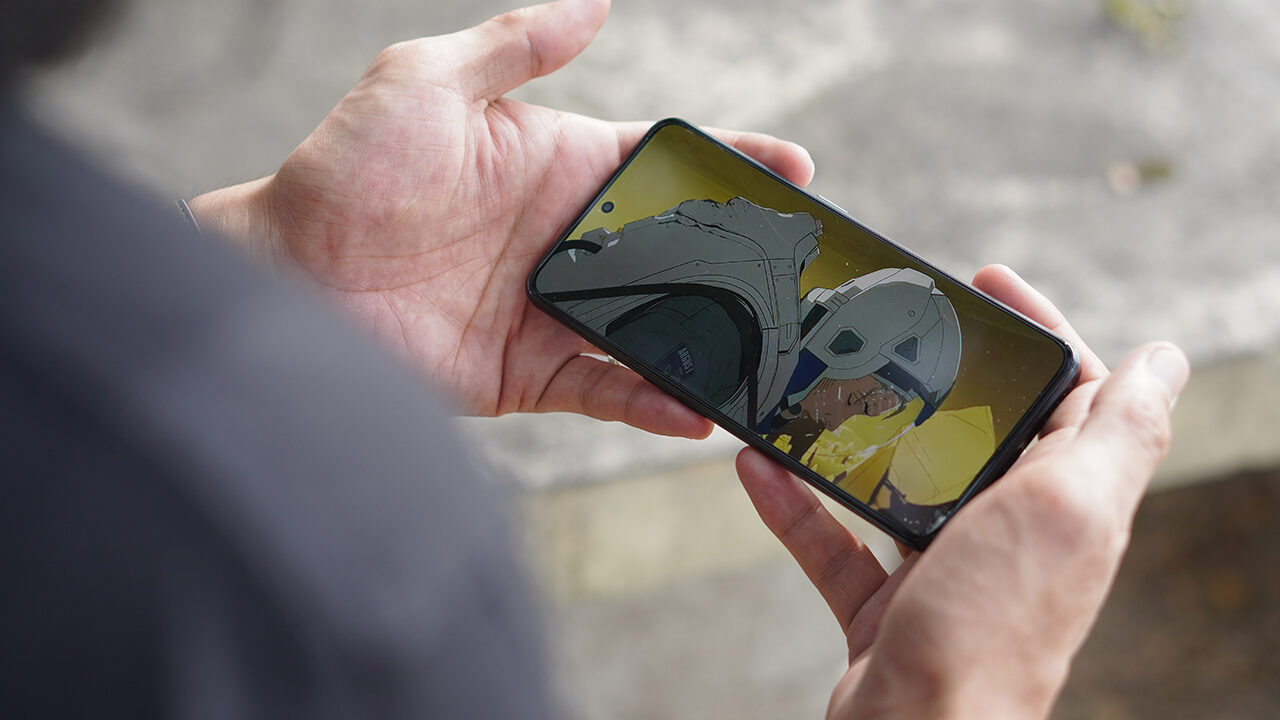
I would even say its Full HD+ OLED screen is able to match color performance with top-of-the-line phones available today. Brightness could improve, though, especially for watching videos or playing games outdoors.
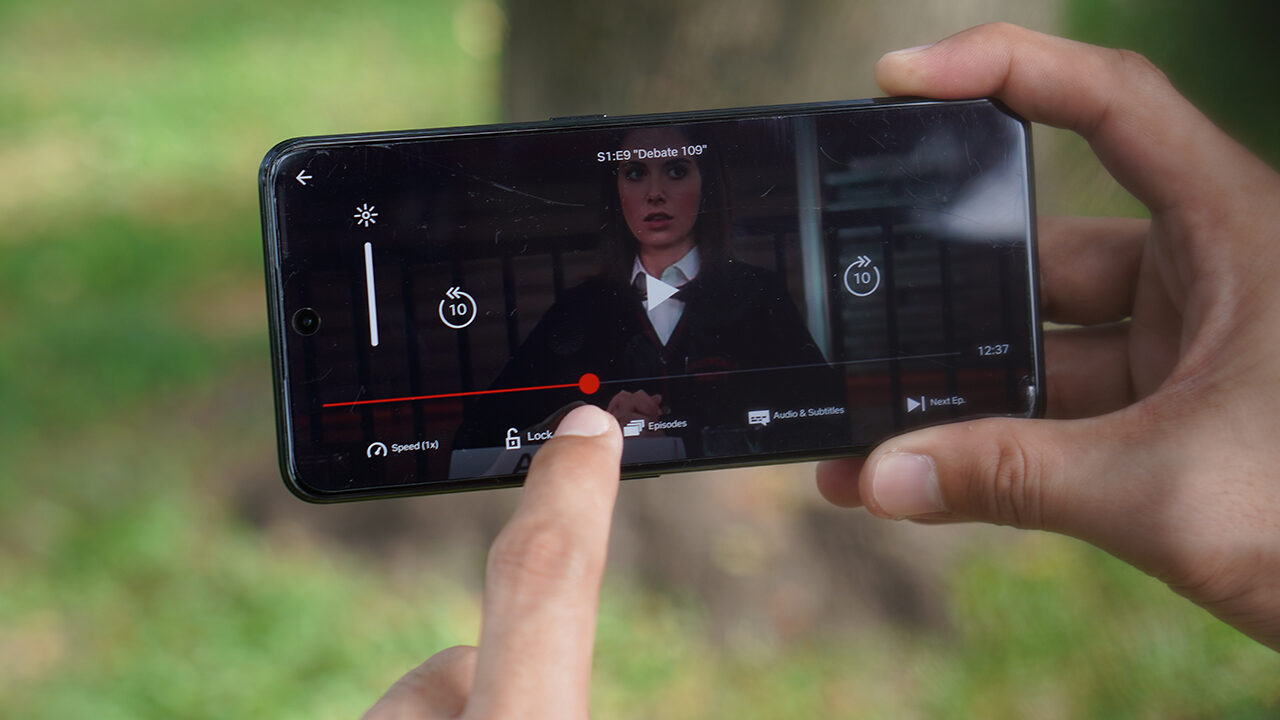
The display’s 120Hz refresh rate made things smoother to the eyes, but helps drain the battery faster. But my experience with it proved that I could be on 120Hz the entire time since charging the phone is very convenient. More on that later, though.

With its large screen, watching short videos and playing mobile games are such easy things to do on the GT Neo 3. Factor in the fact that it comes with stereo speakers that could go loud enough for an immersive gaming session and you have a compact multimedia device in your hands.
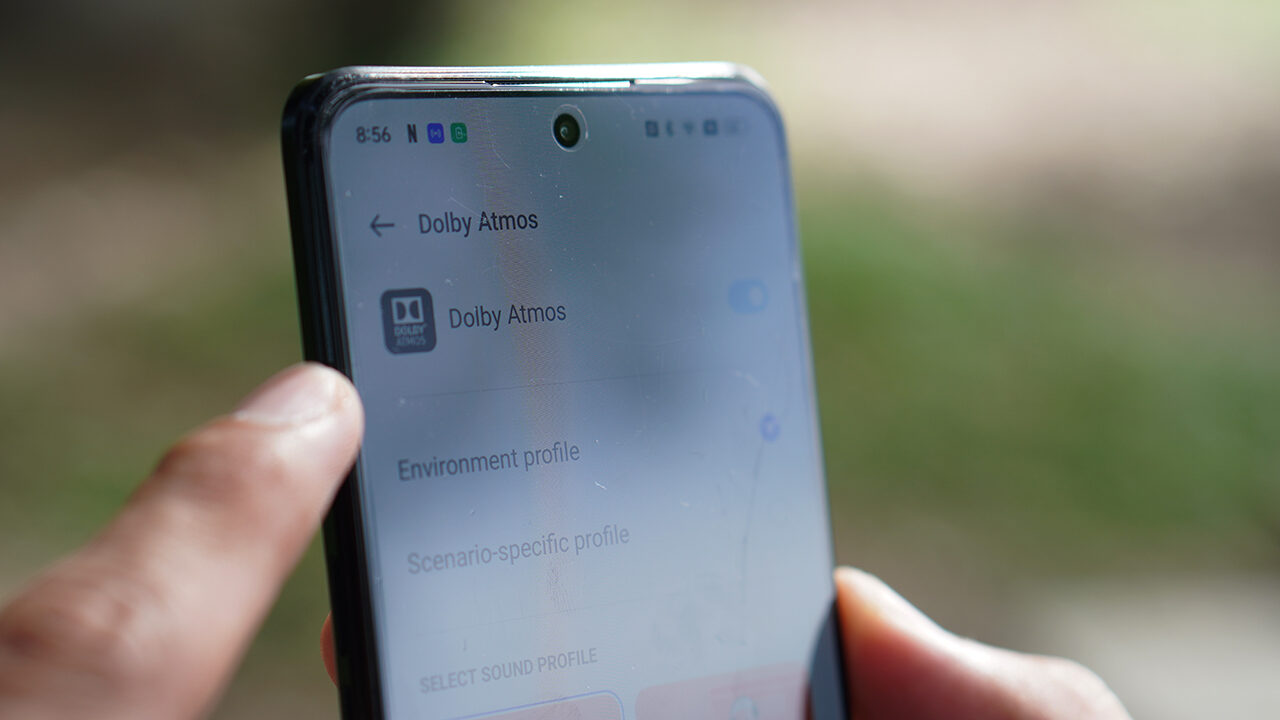
You’d also be glad to know that the audio system comes with Dolby Atmos and Hi-Res audio certification if you want to go for a more immersive experience with headphones on. These are some things I enjoyed on this phone as I like getting lost in my music from time to time.
Cameras
realme has previously proven to have familiarized itself in hitting a balance between good camera hardware and useful camera software, and it’s the same case for the GT Neo 3.
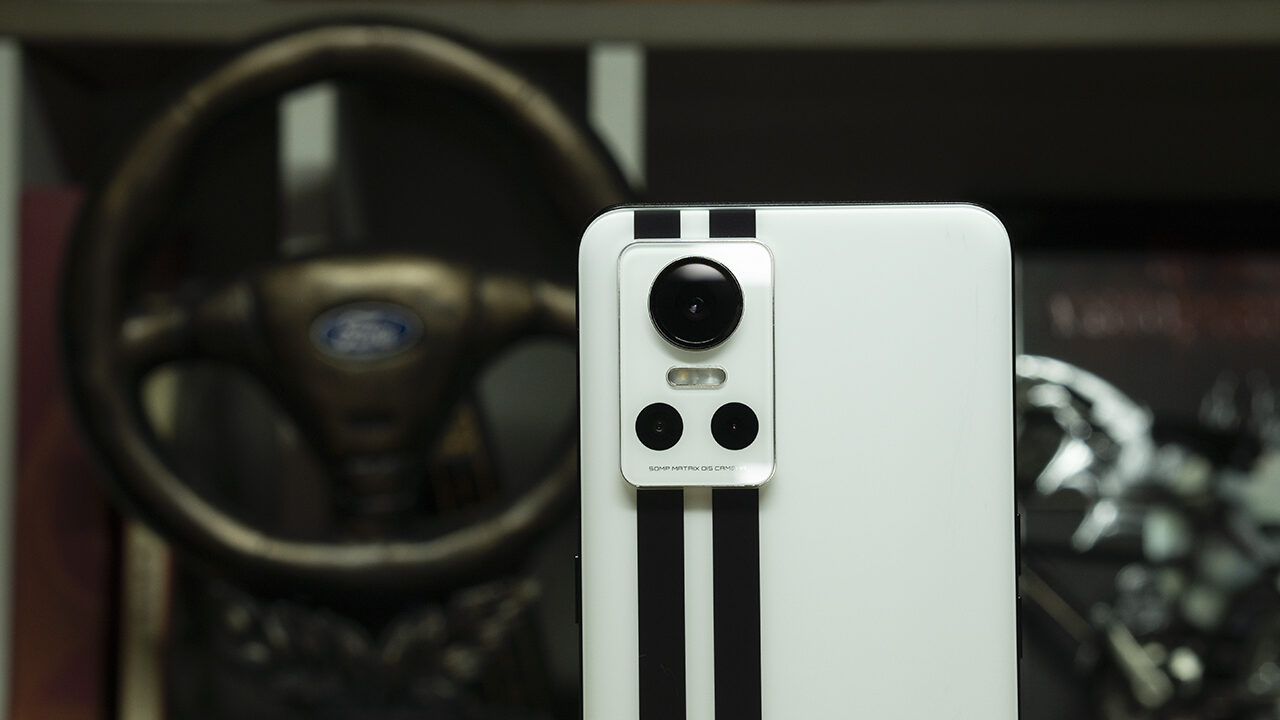
Its 50-megapixel main sensor shoots clear images with natural color. Even in low light conditions, its 1/1.56-inch sensor lets more light in. Combine that with its built-in OIS or Optical Image Stabilization and you get detailed images even after the sun goes down.

You can also switch things up using its 8-megapixel ultra-wide angle shooter. With it, you can capture more impressive landscapes and play more with your shots. And when you want to get up close with your subjects, its 2-megapixel macro sensor is decent enough to produce details even with small objects.
In terms of software that improve its imaging capabilities, it comes with AI that helps analyze and determine its best settings for the current scenario all on its own.

Apart from that, it also comes with Street Photography Mode seen previously in other realme phones. In a nutshell, it’s your usual filters overlayed on the images. But realme made color profiles that are actually usable and look nice across different subjects. These filters instantly give a raw vibe to your images which I am a fan of. Check the following samples:
realme also boasts Dynamic Image Snapshot to be able to capture sharp photos even when the phone is shaking. True enough, even if you move the phone while taking a shot, the outcome is still pretty sharp and will definitely pass for social media uploads. It’s a nifty little feature that solves a lot of casual photographers’ problems.
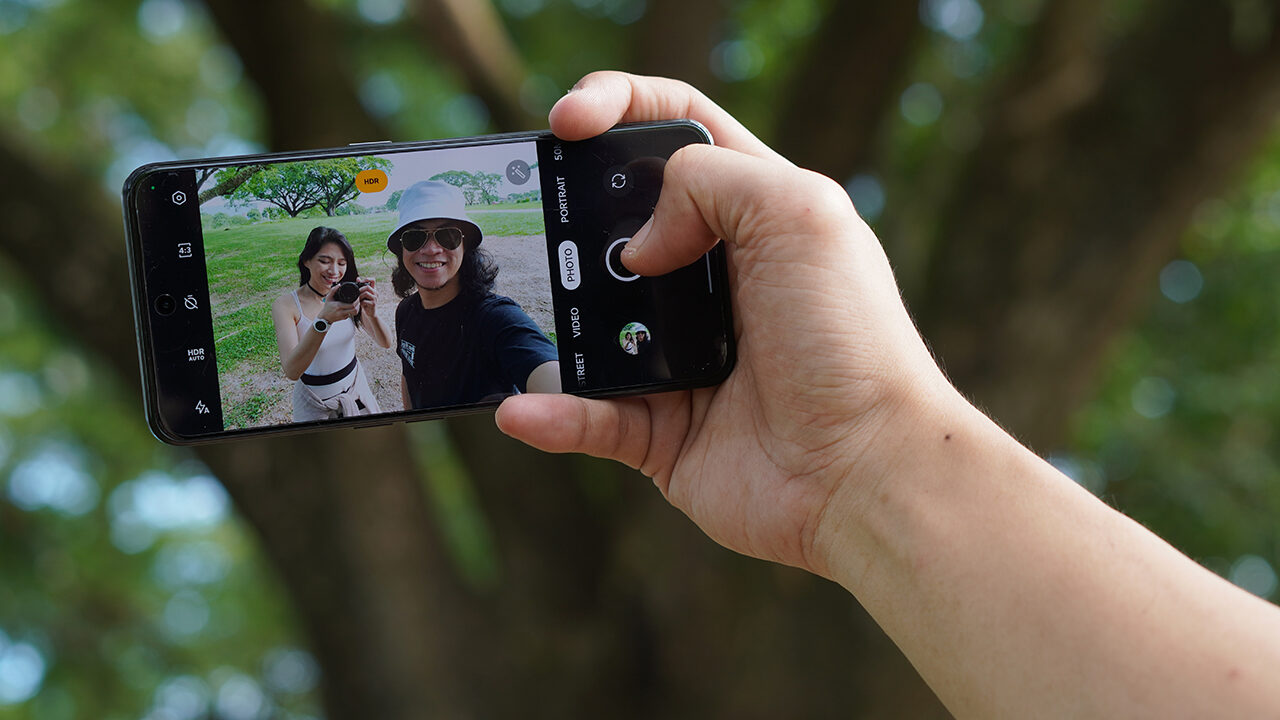
On the flip side, taking care of your selfies is a 16-megapixel front camera that is more than enough not just for self-portraits, but also for video calls at work and even live streaming — if you’re into that.
Performance
Under the hood of this GT40-inspired machine is a MediaTek Dimensity 8100 5G processor. It’s partnered with Mali G610 graphics and a combination of 8GB RAM + 256GB storage.
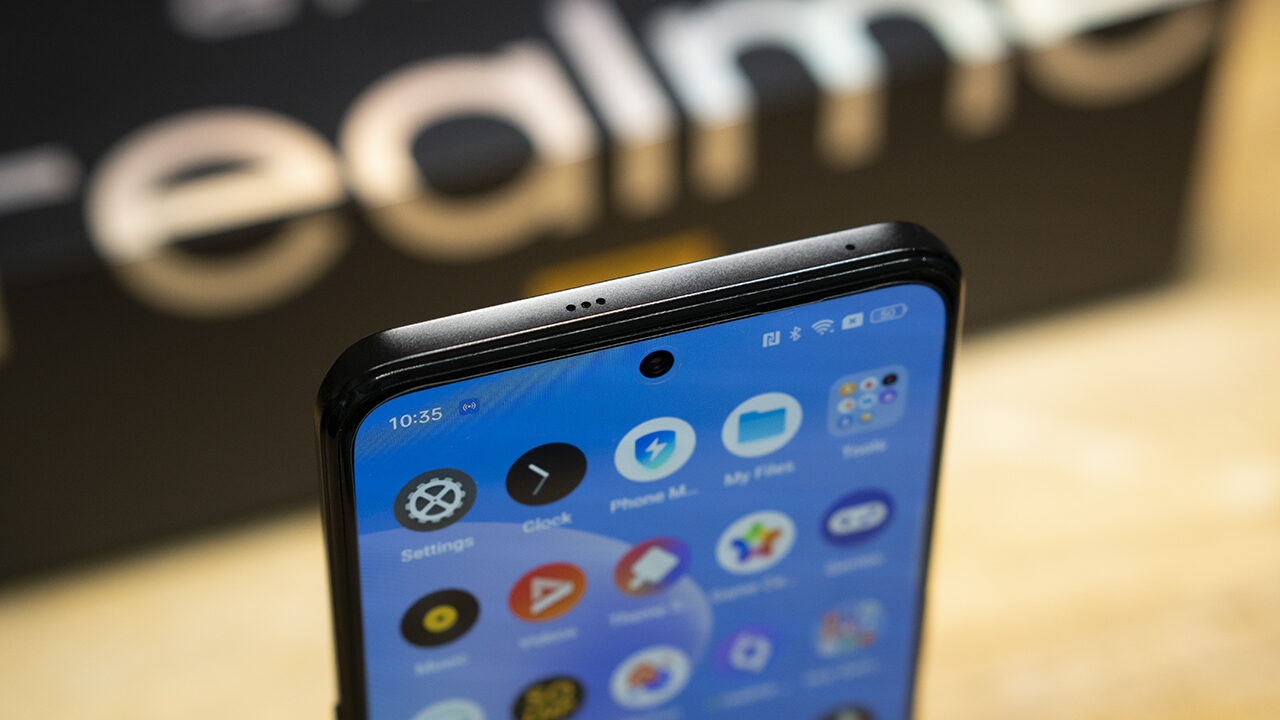
With those working together, everyday processes like social media browsing, editing photos, and gaming are handled very well by the GT Neo 3 — even switching between them with multiple apps active.
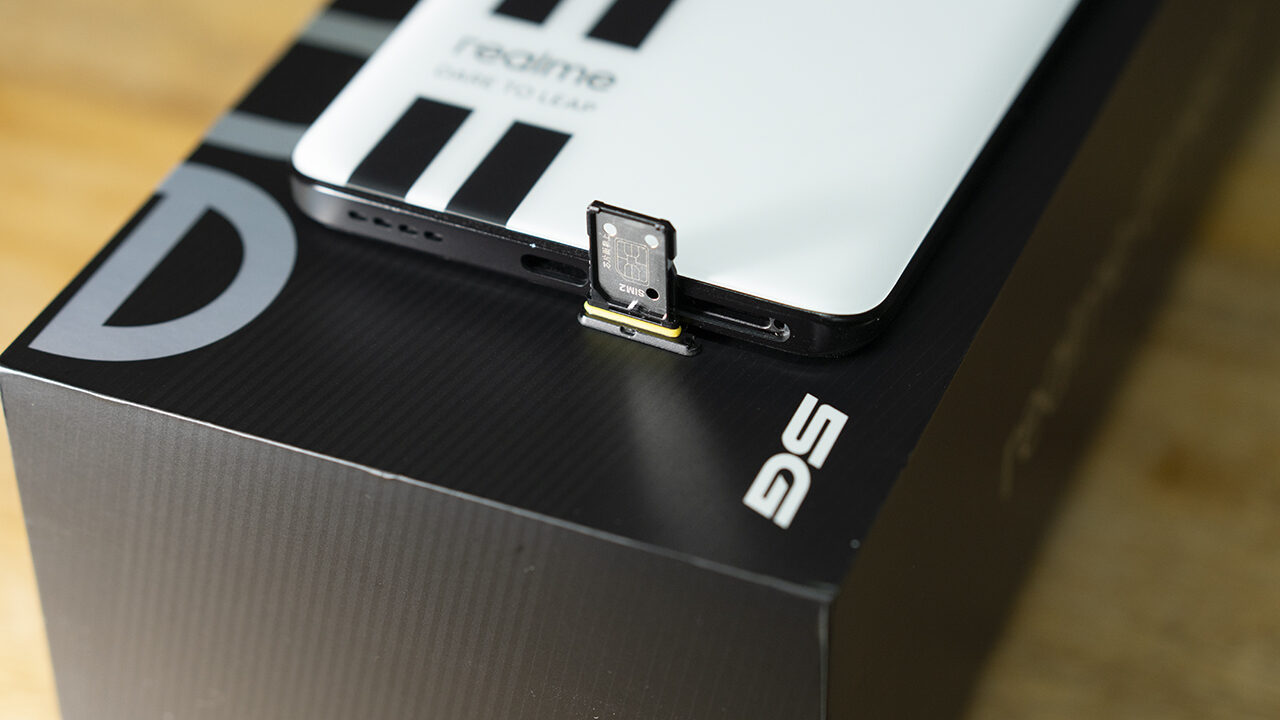
Gaming for longer periods of time like Mobile Legends doesn’t cause the device to break a sweat. Just activate its GT mode and the phone automatically optimizes CPU, GPU, and RAM usage to deliver the best gameplay depending on the required configuration.
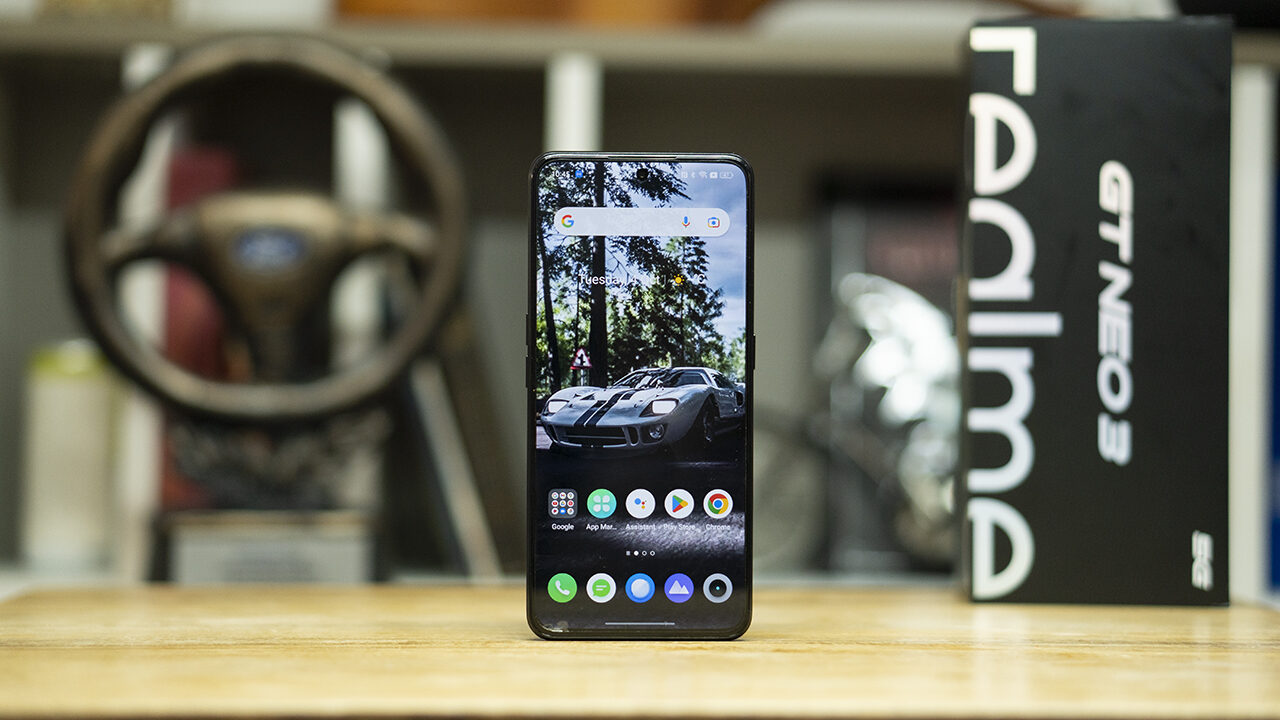
For compatible titles, you can definitely take advantage of its smooth 120Hz refresh rate which adds immersion to the games.

Running heavy games like Genshin Impact is also doable and almost lag-free as long as graphics settings are at a modest level. Over the time I used the phone, overheating has not been an issue thanks to its Stainless Steel Vapor Chamber Cooling System Max that help dissipate heat.
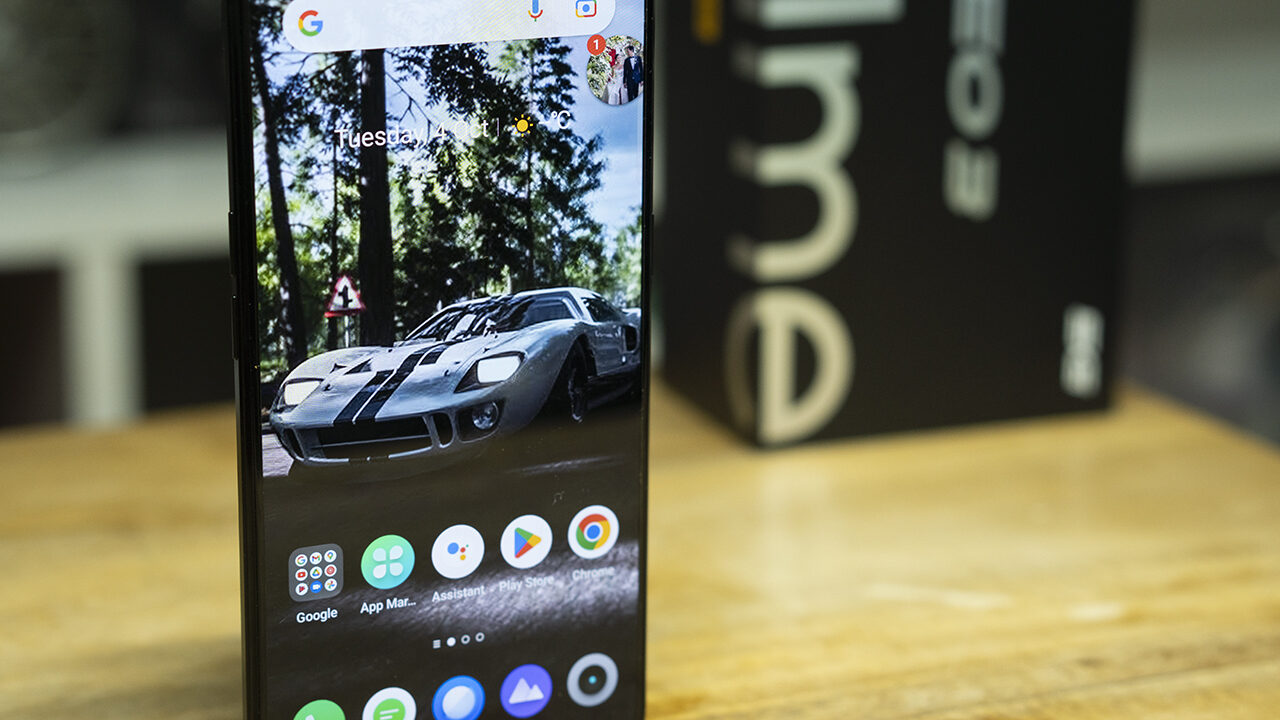
Finally, navigation throughout its menu and features has been a smooth-sailing affair with realme UI 3.0 based on Android 12. It does come with a couple of bloatware that you can uninstall if you don’t need them.
Battery life
Powering the phone is a 5000mAh battery and it easily lasts an entire day’s use. But if you’re more of a power user, topping up or refueling the GT Neo 3 is really convenient thanks to its 80W SuperDart charging technology.
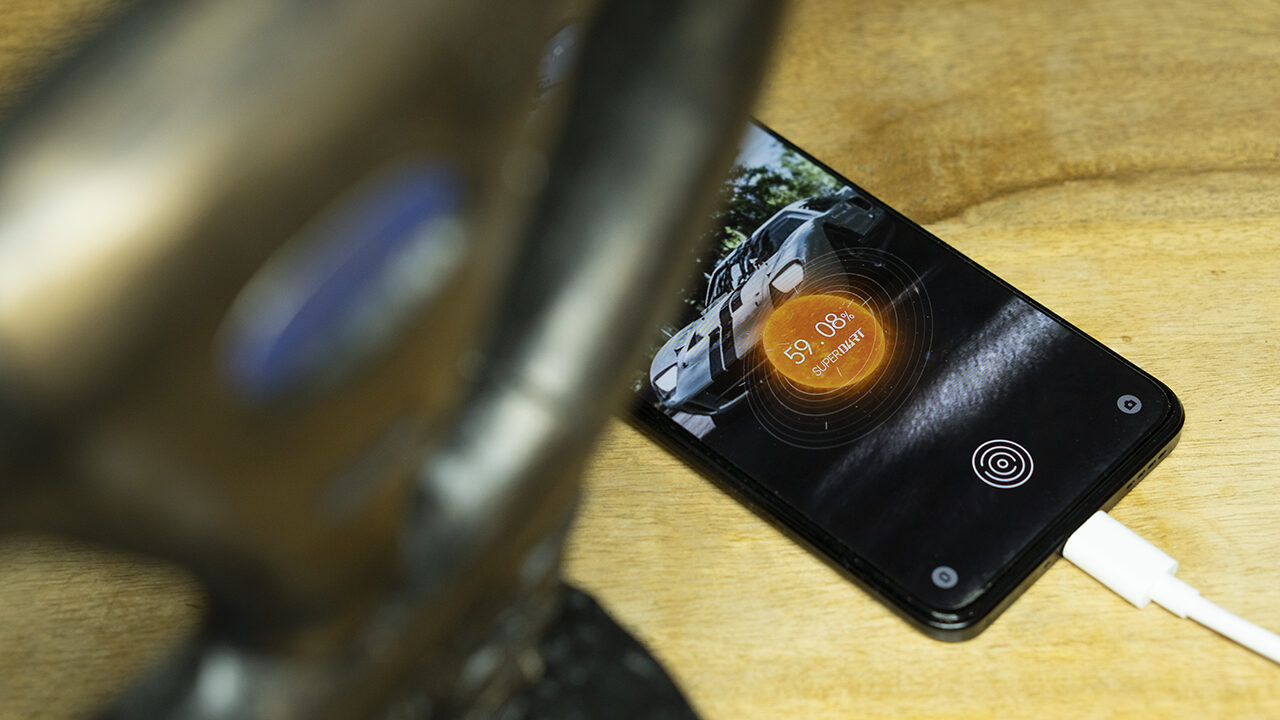
With it, the phone is able to charge itself from 0-45% in 12 minutes and up to 100% in less than 38 minutes. This makes it possible to plug it in at empty, go for a quick shower, and have enough power to last you up to the entire day ahead.
Creature Feature
As always in our reviews, The Modern Creatures aims to find that special feature in a device that makes it stand out — its Creature Feature. And for the realme GT Neo 3, it would have to be its ultra-fast charging time.
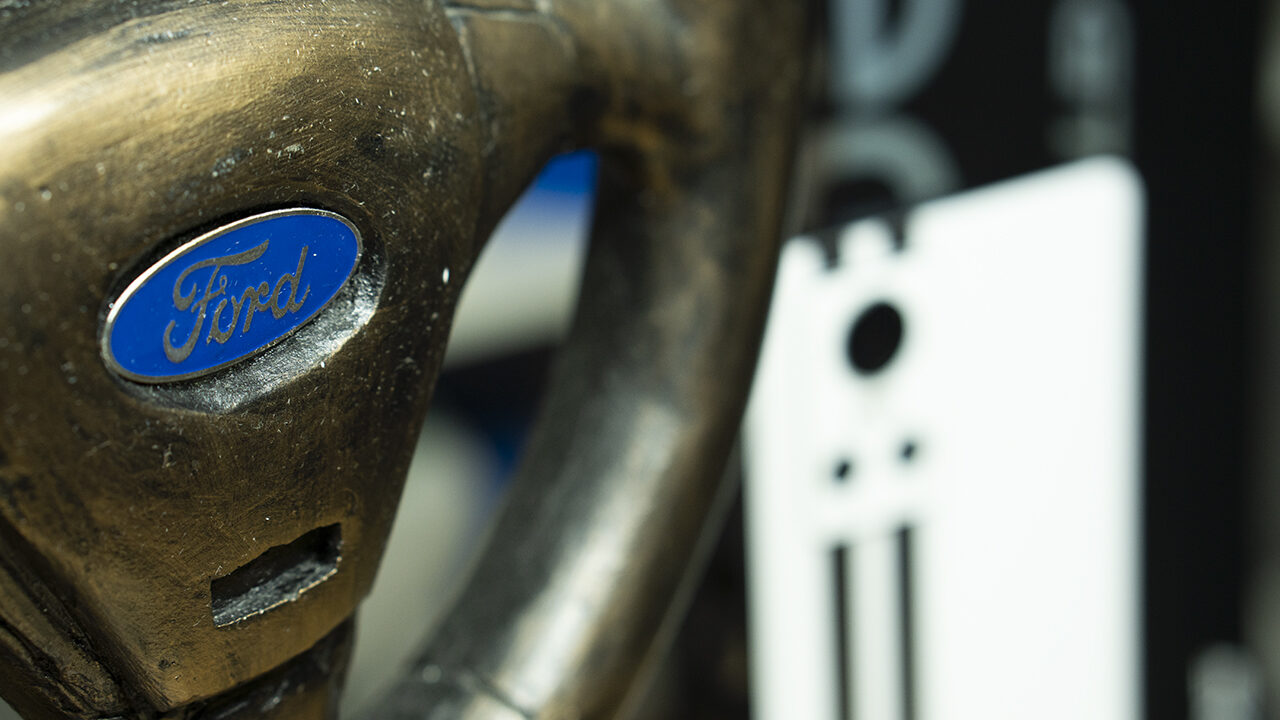
We know that having power for your phone’s battery is as important as having the phone itself. After all, you can’t use a phone — no matter how advanced it is — if it’s out of juice. This is where realme’s 80W SuperDart Charge comes into play. Even with just short charging periods, you get to enjoy more of the device as you can use it longer.
Price and final thoughts
The realme GT Neo 3 is priced at PhP 29,999 but is currently available in Lazada for PhP 25,999. It is definitely an all-rounder phone that ticks the right boxes.

Although, of course, there are other options in the same price range, we’d still say that it’s a flagship phone worth getting for its performance and offerings.

























